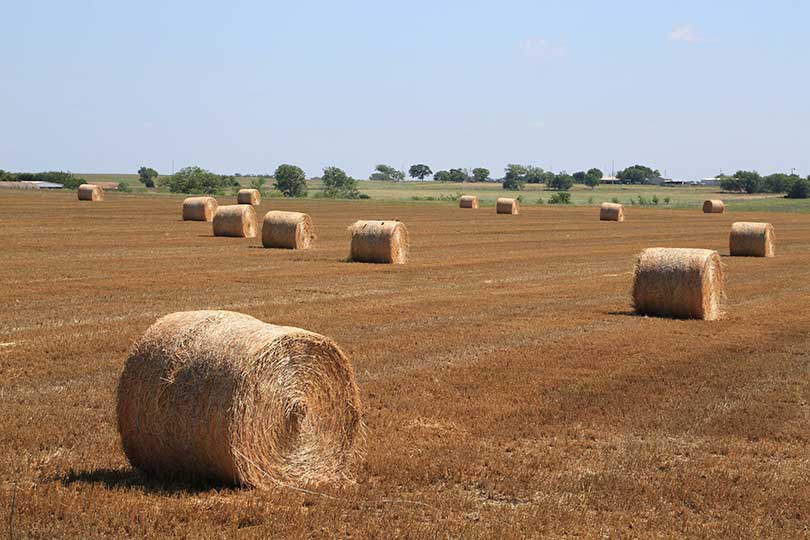Ranchers should take extra caution with their cattle grazing in hot, dry weather. The combination can trigger deadly accumulations of nitrates in summer annual forages, according to Farm Talk.
Sudans, sorgo-sudans, sorghum-sudans, millets and Johnsongrass are the main forages that are vulnerable to nitrate toxicity, according to Oklahoma State University Emeritus Extension animal scientist Glenn Selk.
“Nitrate accumulation is caused by plant stress,” Selk said. “This time of year that’s heat and drought. The plant’s metabolism slows, but it continues to take up nitrogen. The problem is that it’s not growing fast enough to use that nitrogen so it accumulates as nitrates in the plant.”
He strongly recommends cattlemen to test the suspected forages before heading to the hay field.
Selk says if nitrate levels are high once the hay is cut, options are limited.
“You may be able to dilute the amount cattle consume by adding or mixing other forages or feedstuffs, particularly if you start slowly and let the cattle adapt,” he said.
If the forage is tested prior to cutting, ranchers can leave it in the field and rain can help return nitrates to normal levels, Selk noted.
He also suggests raising the cutter bar when harvesting.
“That’s going to reduce the tonnage, of course, but the greatest concentration of nitrates is in the lower portion of the stem,” Selk said. “Yes, total hay will be reduced, but do you really want extra tons of toxic material?”
He recommends ranchers contact their county Extension agents to assist with samples for nitrates and send them to a university or laboratory to be tested.
Selk noted nitrate toxicity levels around 10,000 ppm increase the potential for death and it’s time to dilute the diet.

